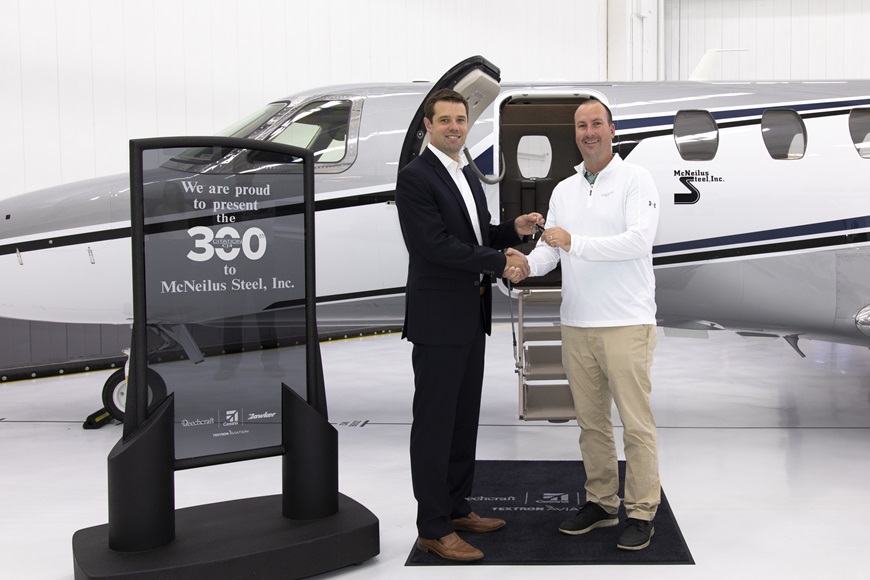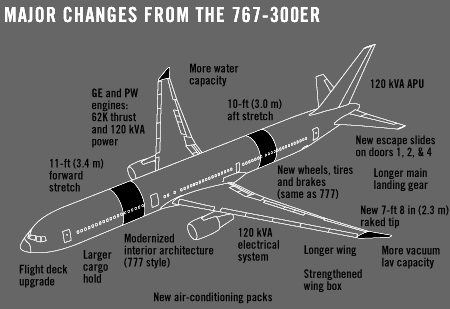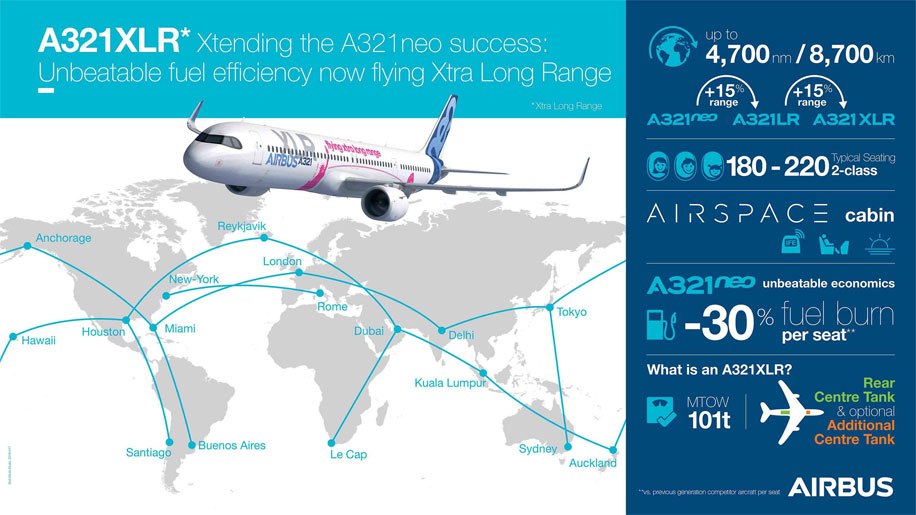
WICHITA, KS (June 27, 2019) – Textron Aviation Inc., a Textron Inc. (NYSE:TXT) company, celebrated its leadership of the light jet segment with the delivery of the 300th Cessna Citation CJ4, the industry’s top performing aircraft in this segment. The milestone aircraft was delivered today to McNeilus Steel, based in Dodge Center, Minnesota.
“The Citation CJ4 continues to be a standout in the light jet segment due to its combination of high performance, low operating costs and class-leading cabin amenities,” said Rob Scholl, Textron Aviation senior vice president, Sales and Marketing. “Our light jet product range, led by the Citation CJ4, continues to pace this segment globally in terms of deliveries, primarily because customers appreciate what they get in terms of productivity and value.”
Founded in 1948, McNeilus Steel is a family owned metals distribution business and employs more than 450 people across locations in Dodge Center, Minnesota, Fargo, North Dakota, and Fond du Lac, Wisconsin. McNeilus is upgrading to full ownership of a CJ4, having been a fractional owner of a Cessna Citation CJ1+ since 2016.
“Our reputation is built on customer service and our Citation CJ4 will help us strengthen that reputation through even more personal interaction with our customers,” said Levi McNeilus, director of Purchasing at McNeilus.
Introduced in 2010, the Citation CJ4 is the largest of the Cessna light jet family of aircraft that includes the Citation CJ3+ and the Citation M2. The CJ4 allows customers to go further with the leading range-to-payload ratio and a best-in-class IFR range of 1,926 nautical miles (3,567 km) with a maximum cruise speed of 451 knots (true airspeed).
The CJ4 is certified for single pilot operation, has seating for nine passengers and includes a notable 1,040-pound baggage capability. Other features include single point refueling, an externally serviceable lavatory and excellent range, delivering what crew and cabin passengers appreciate.
Leading the light jet segment
Cessna Citations continue to lead this segment, with over 5,000 light jets delivered throughout the world, offering customers the broadest range of products on the market. From the popular entry level Cessna Citation M2, to the upgraded efficiency and comfort of the CJ3+ and the leading CJ4, Textron Aviation’s Citation family of light business jets has evolved to offer a range of capabilities, systems and options unmatched in its class.














